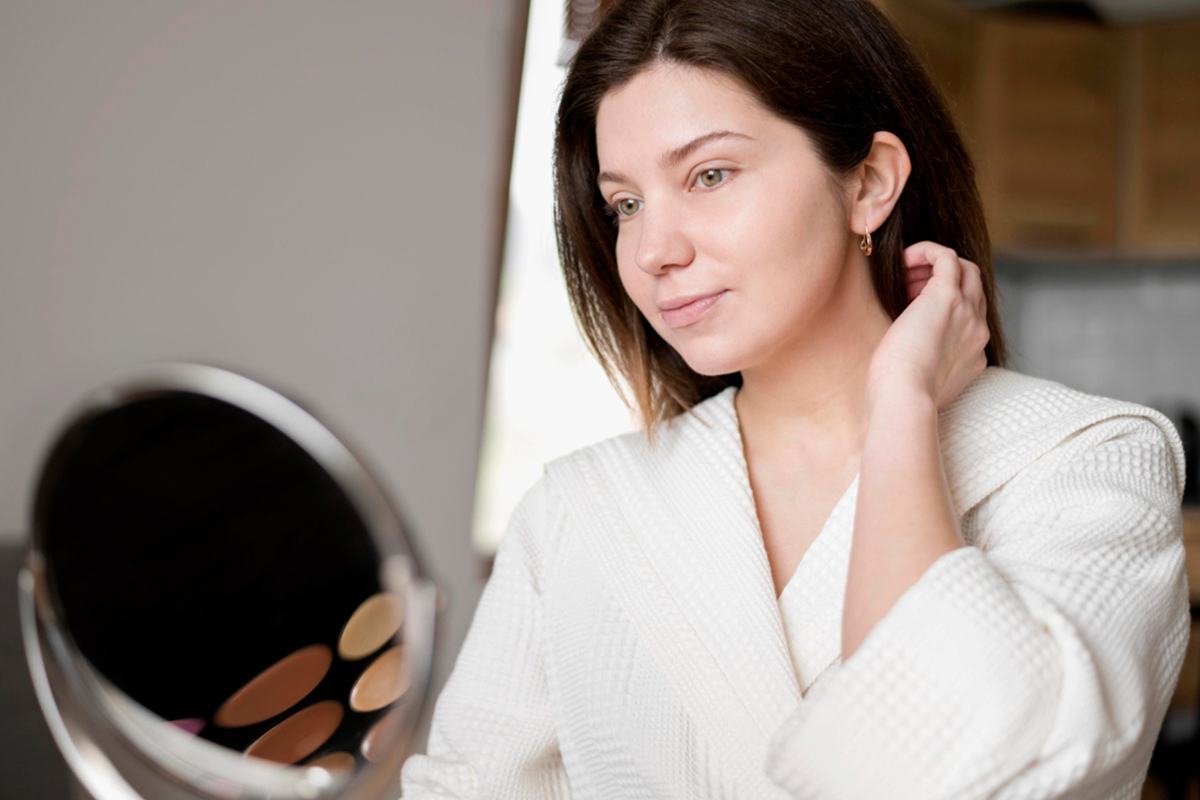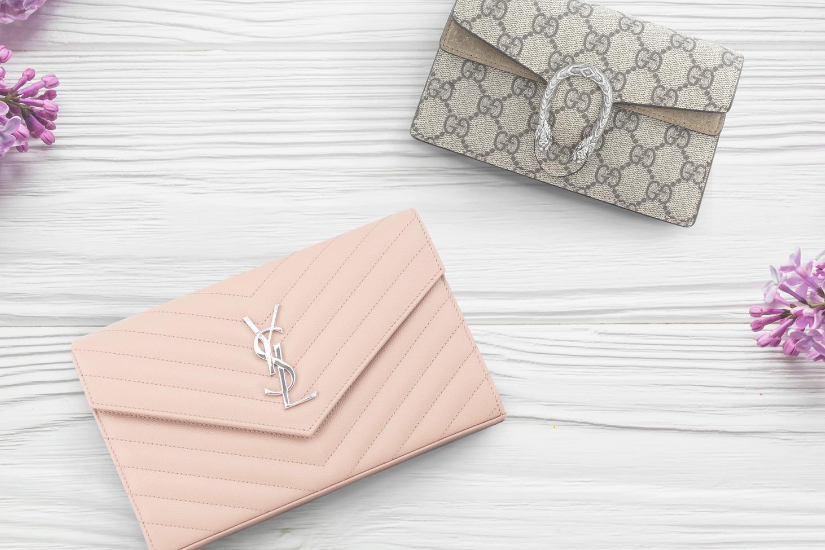What Defines Beauty? A Deep Dive into Global Ideals
Beauty—an ever-changing concept that has captivated societies for centuries. But what truly defines the ideal female beauty? The answer isn't as simple as we might think. From historical shifts in body image to the rise of cosmetic enhancements, standards of beauty have evolved significantly. And living in Australia, we’ve seen a unique fusion of global beauty trends with local influences.
At Fashion Weekly, we’re delving into the pursuit of beauty, the societal expectations shaping women’s bodies, and the impact of these ideals on our perception of attractiveness.
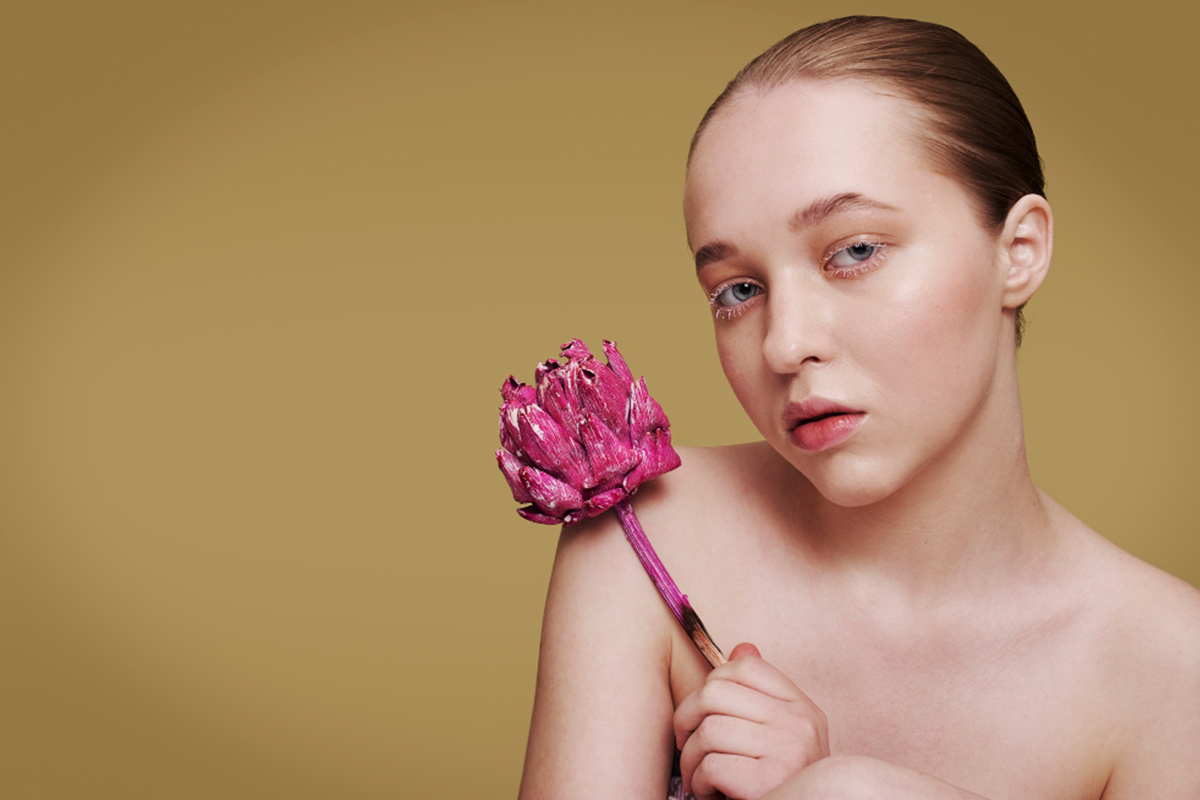
The Evolution of Beauty Ideals in Australia
Australia’s beauty standards have undergone a fascinating transformation. In the early 20th century, curvier bodies were celebrated, but by the 1960s, the thin-ideal took hold, largely influenced by Eurocentric notions of physical attractiveness. The 90s saw an obsession with ultra-thinness, further driven by the media’s promotion of supermodels with extreme body mass indexes.
Fast forward to today, and we see a shift—body positivity, individuality, and diverse skin tones are gaining traction. But despite progress, unrealistic beauty standards still dominate the market, perpetuated by influencers, social media, and the beauty industry’s relentless promotion of the "ideal body."
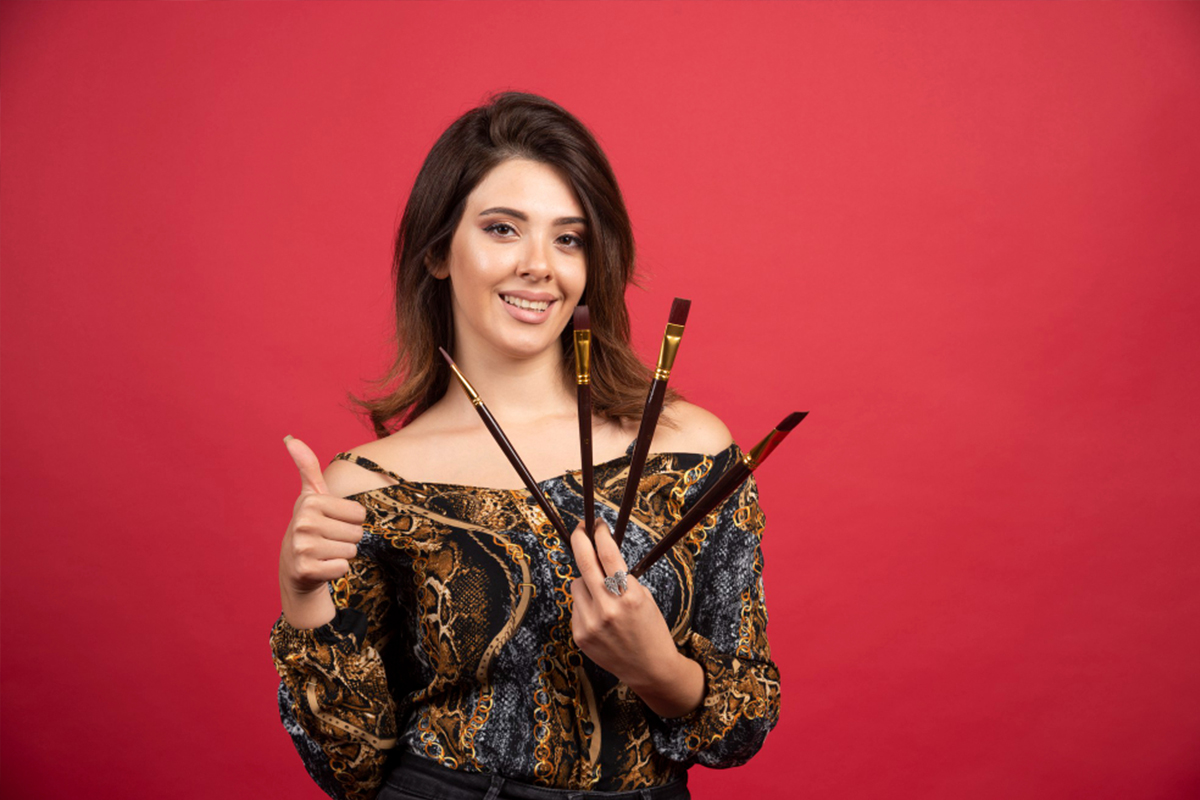
Beauty Ideals Across Cultures: A Global Perspective
Beauty norms vary dramatically across different regions:
-
Western Beauty Standards: Thinness, clear skin, and symmetrical facial features continue to dominate, setting an often unattainable benchmark.
-
Eastern Beauty Norms: In countries like China, Korea, and Japan, fair skin, delicate facial features, and a slim physique remain central to ideals of beauty.
-
African and Polynesian Ideals: Fuller figures are often considered a sign of health, prosperity, and superior beauty.
-
India and Iran: A preference for sharp features, fair skin, and long, thick hair plays a significant role in defining female beauty.
The notion that beauty is universal is flawed—human beauty is shaped by cultural, historical, and societal influences.
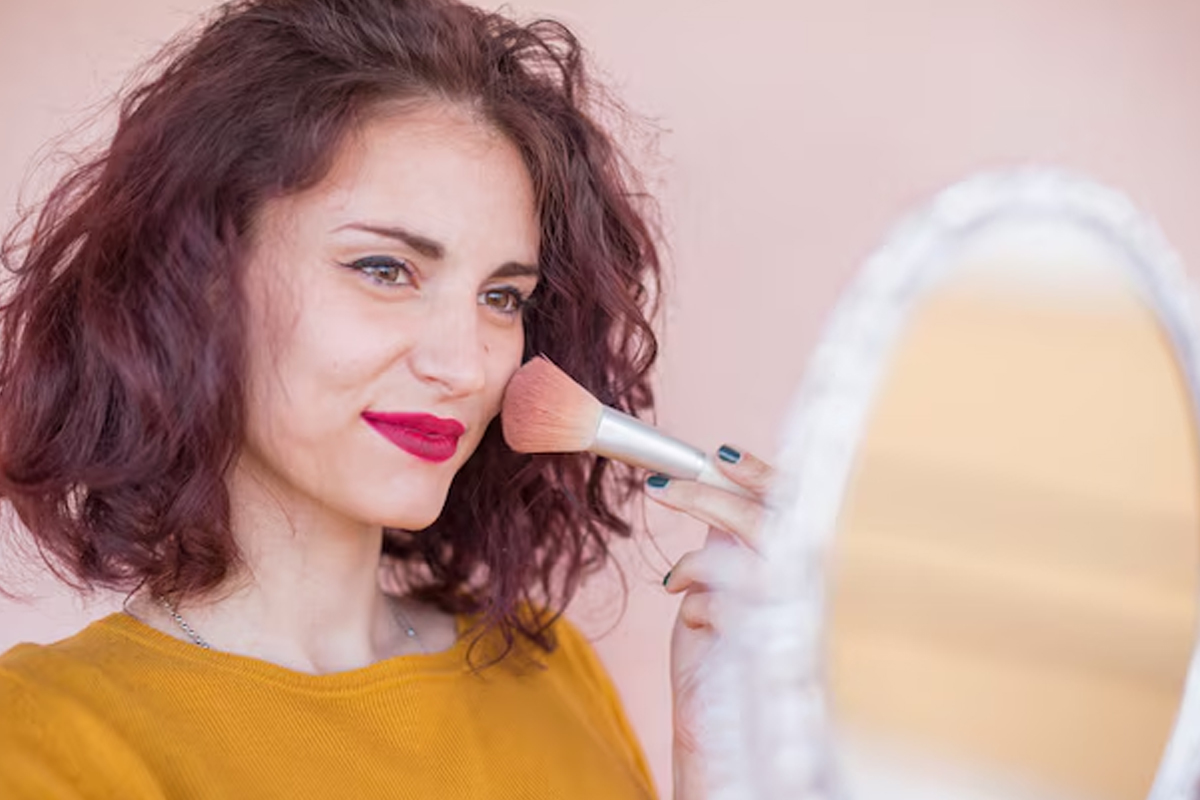
The Role of Social Media and the Beauty Industry
The beauty industry and social media platforms have a profound impact on standards of beauty for women. The rise of the "Instagram face"—plump lips, high cheekbones, and flawless skin—has led to increased demand for cosmetic procedures.
But at what cost? The pressure for women to conform to beauty norms has led to increased cases of body image concerns, eating disorders, and disordered eating among adolescent girls. The beauty myth persists, fuelled by comparison culture and the influence model of body image.
The Impact of Unrealistic Beauty Standards
-
Mental Health Concerns: The pressure to conform can lead to poor body image, anxiety, and depression.
-
Rise in Cosmetic Surgery: Procedures like Brazilian butt lifts, rhinoplasty, and lip fillers are becoming mainstream.
-
Influence on Young Women: Studies show that a high per cent of Australian women experience dissatisfaction with their appearance, with adolescent girls living in Australia particularly vulnerable to internalisation of these ideals.
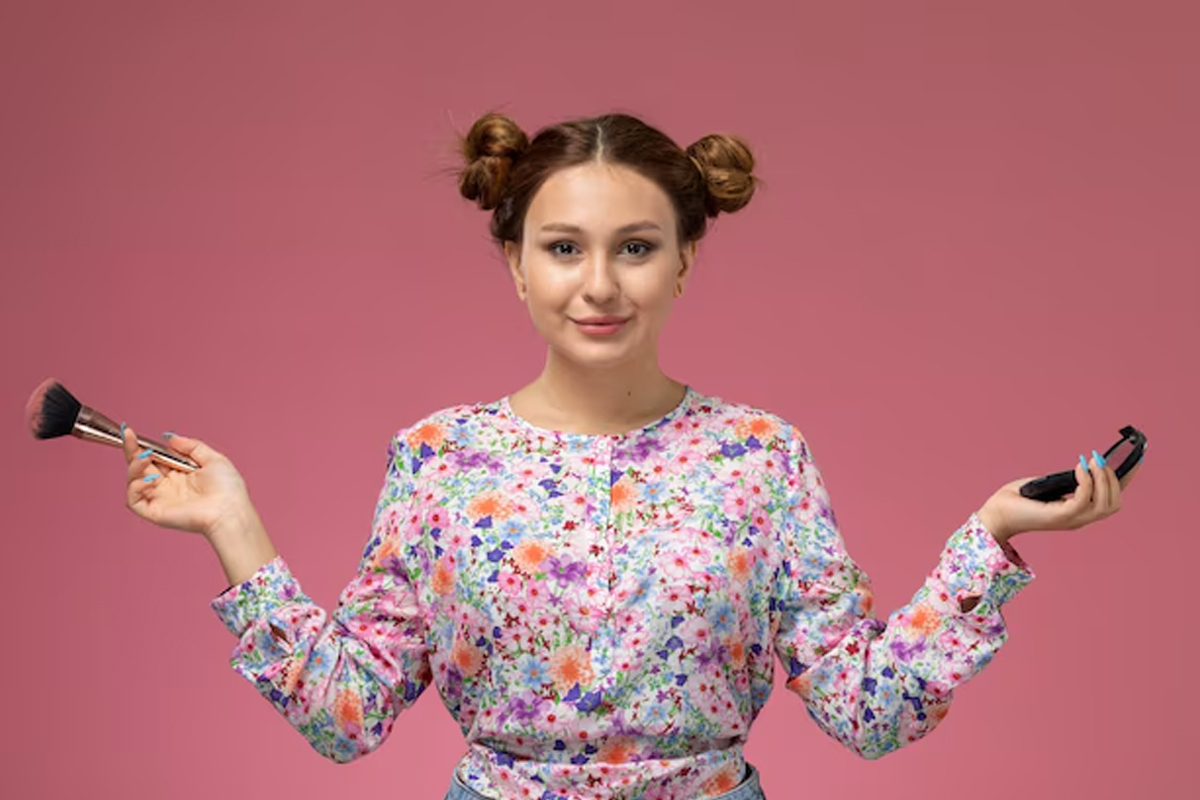
Breaking the Cycle: The Move Towards Body Positivity
Thankfully, the tide is turning. More brands are rejecting traditional beauty norms and embracing diversity. The body positivity movement, along with campaigns featuring women of colour, different body shapes, and varying physical features, is slowly reshaping the industry.
But the question remains: Are we truly moving towards a more inclusive ideal of beauty, or are we simply creating new beauty norms that still dictate the way women and girls should look?
The Future of Beauty: Where Do We Go From Here?
To guide preventative efforts and reduce the pressures from family, media, and societal expectations, we need to:
-
Promote a realistic level of beauty that embraces individuality.
-
Encourage brands to feature a wider range of women.
-
Challenge the internalisation of appearance-based ideals.
Beauty should be about self-expression, not conformity. As Fashion Weekly continues to explore fashion and beauty, we advocate for a world where feminine beauty is diverse, inclusive, and free from unrealistic constraints.
What’s your take on evolving beauty standards? Let’s keep the conversation going!

